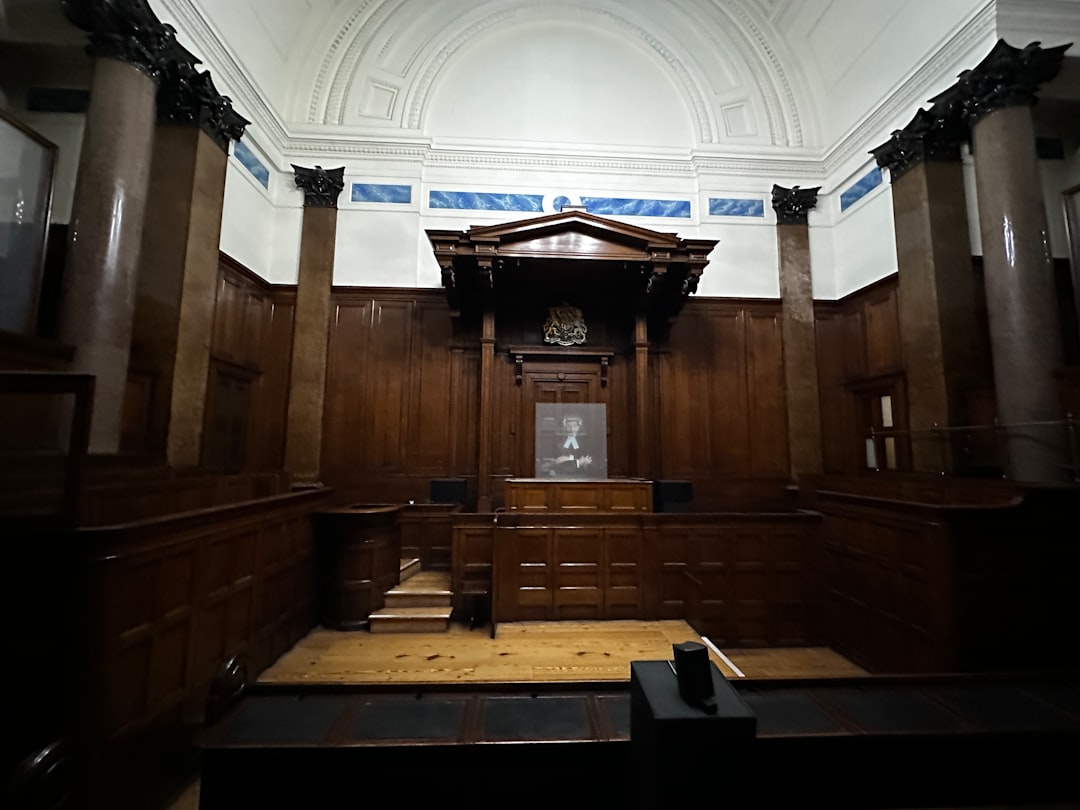Whether you’re interested in architecture, engineering, or construction, having good technical drawing skills is essential to succeed in these fields. This is where construction drawing classes come in handy. These courses teach you the basics of technical drawing, including drafting, dimensions, and blueprints.
The Importance of Technical Drawing Skills
Technical drawing is used to communicate building designs and specifications effectively. This skill is necessary for professionals in architecture, engineering, and construction. With proper training, you can convey ideas through blueprints, schematics, and 3D models, making it easier for clients, contractors, and colleagues to understand your vision.
Technical drawing skills are also crucial for ensuring compliance with building codes and regulations. The accuracy of these drawings can determine the safety of the building as well as its functionality. Proper technical drawings can help prevent mistakes and misunderstandings that could cost time, money, and even lives.
What to Expect from Construction Drawing Classes
Construction drawing classes are designed to teach you the skills necessary for creating accurate technical drawings. They are typically offered at community colleges, trade schools, and technical institutes. These courses may be part of a larger program or offered as standalone classes.
Students in these classes will learn the basics of drafting, including how to use tools such as T-squares, rulers, and compasses. They will also learn how to create dimensioned and annotated drawings. These classes may also cover computer-aided drafting CAD and 3D modeling programs.
The Benefits of Construction Drawing Classes
By taking construction drawing classes, you can gain a competitive edge in the job market. Employers often look for candidates with technical drawing skills, especially in the fields of architecture, engineering, and construction. Having these skills can also open up opportunities for advancement and higher-paying positions.
Construction drawing classes may also be a useful tool for DIY enthusiasts. Knowing how to create accurate blueprints and schematics can help with home renovation and repair projects. With these skills, you can communicate your vision to contractors and construction professionals, reducing the risk of misunderstandings and mistakes.
Additionally, technical drawing skills can be a valuable asset in other fields, such as product design, graphic design, and even game development. These skills are applicable in any industry that involves planning and creating 3D designs.
Conclusion
Construction drawing classes are a valuable investment for anyone interested in a career in architecture, engineering or construction. These classes can give you the skills necessary to create accurate technical drawings, convey your ideas effectively, and comply with building codes and regulations. Even if your interests lie elsewhere, technical drawing skills can be a useful asset in many industries. Consider taking a construction drawing class to expand your skill set and open up new opportunities.








